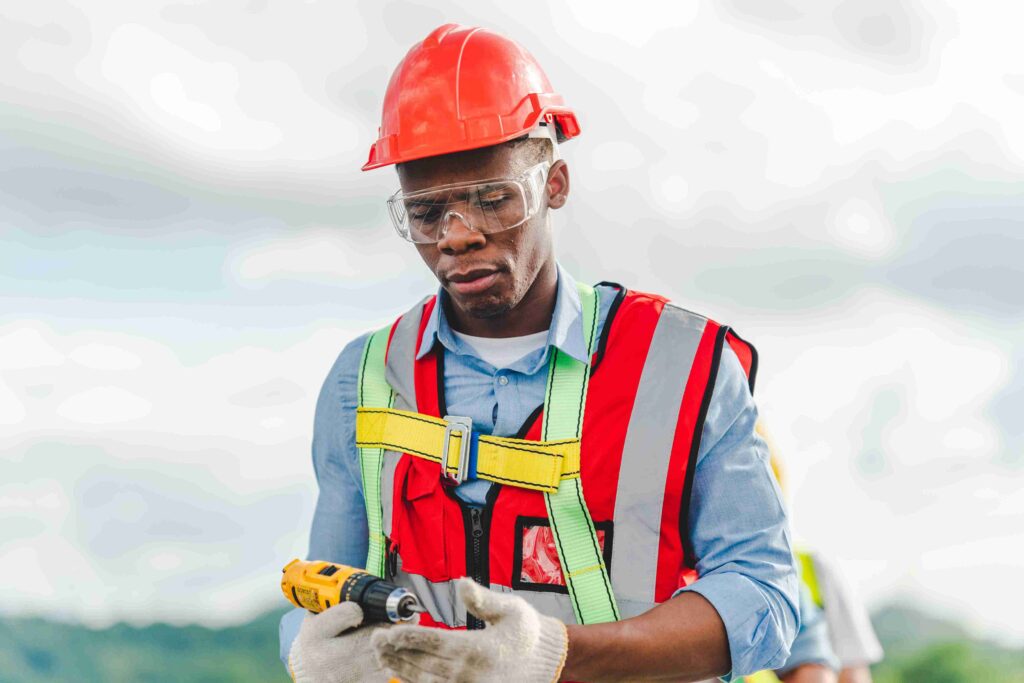
Who Verifies Repairs After Home Inspection? (Explained)
So, you’ve made it past the nerve-wracking part of buying a house, the home inspection.
The inspector handed you a report that looked like a grocery list of everything that’s wrong, and now the seller has promised to make some fixes. Great, right?
But how do you know those repairs actually got done, and done properly?
Repairs don’t just magically get double-checked. Someone has to confirm them, and it’s not always the same person in every situation.
In this post, we’ll go over who verifies repairs after a home inspection.
#1 The Buyer (Or Their Real Estate Agent)
The buyer has to verify repairs after a home inspection.
The buyer has the most at stake. You’re the one paying for the house, so making sure the agreed repairs are complete is on you.
That doesn’t mean you’re climbing into the attic with a flashlight or testing the electrical panel yourself. But you can absolutely do a quick look during the final stages to see if obvious repairs have been handled.
Your real estate agent will help you with this too.
Agents have seen this process hundreds of times, so they know what to look for. They’ll help you follow up with the seller, request documentation, and push for accountability.

If something looks off, they’re often the first to raise a red flag.
Also Read: Can I do my own home inspection?
If the seller promised a roof repair, you want proof the work was done by someone qualified, not just patched up with a roll of duct tape
#2 A Re-Inspection By The Home Inspector
A lot of people think the original home inspector automatically comes back to check repairs.
Nope. Once the inspection report is finished, their job is technically done. If you want them back, you usually have to schedule (and pay for) a re-inspection.
Re-inspections are optional, but they can be worth the peace of mind.
The inspector will focus only on the repairs that were agreed to, not re-inspect the whole house.
Did the plumber really fix that leaky pipe? Did the seller actually replace the faulty GFCI outlets? An inspector can give you a straight answer.
Some buyers skip this step to save a little money, but in cases of big repairs (like structural fixes, foundation work, or electrical updates), it’s smart to spend the extra for a pro’s opinion.
It’s better than moving in and discovering the “repairs” were more of a quick cover-up.
#3 Licensed Contractors
When repairs involve skilled trades (plumbing, electrical, roofing, or HVAC), you’ll usually want receipts or documentation from licensed contractors.
Sellers often hire professionals for these jobs anyway, because they need the work done correctly to avoid future liability.
Here’s where you can ask for proof. A copy of an invoice, a warranty for new parts, or even a contractor’s business card attached to the paperwork goes a long way.
Also Read: Should I Get A Radon Test With Home Inspection?
That way you’re not just taking the seller’s word for it.
If the water heater was replaced, you want to know who did it and when, so you’re not left scrambling for answers if it fails six months after closing.

Here are some simple things buyers should ask to see from contractors:
- Invoices or receipts showing what was fixed or replaced
- Warranties or guarantees on the work or parts
- Contact details of the contractor in case you need follow-up
That little bit of paperwork can save a ton of headaches down the road.
#4 Appraiser (Sometimes)
Here’s one a lot of people don’t think about: the appraiser.
If you’re using a loan backed by FHA, VA, or USDA, the lender might require the appraiser to confirm certain repairs before approving the loan.
These repairs usually have to do with safety or livability.
For example, FHA doesn’t want peeling lead paint or missing handrails. VA won’t sign off on a house with major roof leaks. In those cases, the appraiser has to go back out and verify the fixes were completed before the loan can close.
This doesn’t happen with every sale, and it’s not a substitute for you doing your own verification.
But it’s another layer of protection built into certain loan types.
The Final Walkthrough Before Closing
This is your big moment.
The final walkthrough is usually scheduled a day or two before closing.
It’s your chance to see the house one last time and confirm that repairs were made and the property is in the same condition as when you agreed to buy it.
You’re not doing a full inspection here and it’s more of a sanity check.
Did the seller remove their stuff? Did the new appliances show up? Are those repairs you negotiated actually visible and functional?
Also Read: How Long Does A Home Inspection Take?
Bring your agent along, and take the inspection report with you. That way you can quickly glance at the items that were supposed to be addressed and confirm they’re done.
If something’s missing, this is the last chance to speak up before you sign the mountain of closing paperwork.
One quick tip: test the stuff that’s easy to overlook.
Flip on the lights, run the faucets, check that the heat or AC turns on. It only takes a few minutes, and it’s way better to find problems now than after the keys are in your hand.
Bottom Line
Verifying repairs after a home inspection falls on the buyer. They have to push for proof and make sure everything is squared away before closing.
Sometimes your agent helps. Sometimes an inspector comes back for a re-inspection. Contractors provide receipts. And in certain loan situations, even the appraiser might step in.
The smartest move is to combine a few methods: get documentation for major repairs, schedule a re-inspection if the fixes were big, and always do a careful final walkthrough.
That way you’re not left with unpleasant surprises after move-in day.
Verifying repairs gives you the peace of mind that the place is truly ready for you.







